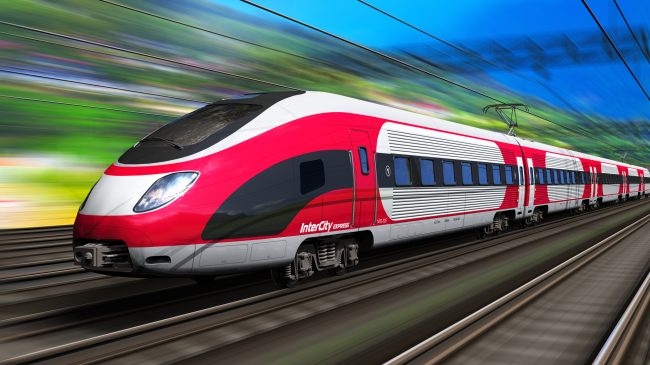In 2017, I wrote the study “High-Speed Rail in Texas: Caution Ahead,” which detailed concerns about Texas Central’s proposed Dallas-to-Houston privately financed high-speed rail line in Texas. While I noted the potential advantages of private high-speed rail service, including project innovation, less susceptibility to political interests, and increased customer-oriented service, I also raised several cautions and concerns regarding TexasCentral’s project. The dialogue I hoped for with Texas Central did not occur.
Over the past two years, Texas Central has continued work on the project, including commissioning an outside feasibility study. As a result, it is time to revisit the case for and against this proposed high-speed rail project.
This follow-up brief clarifies parts of the previous Reason report, analyzes new information regarding Texas Central’s ridership and cost numbers, and raises additional concerns regarding the project.
Texas Central has not addressed the primary concerns raised in the peer-reviewed studies with credible data. While Texas Central is free to pursue a truly privately funded high-speed rail project, there are significant concerns regarding the project’s feasibility that must not be overlooked, since taxpayer funds may be put at risk (through RRIF loans). The primary areas of concern are the following:
• Texas Central’s lack of transparency regarding its project’s details;
• Texas Central’s challenges in acquiring right-of-way and limited funding/financing,
both of which appear to be the cause of mounting delays in the project’s timetable;
• Texas Central’s use of a management consulting firm—L.E.K.—to estimate ridership for a transportation mega-project, rather than a company with expertise in traffic and revenue studies;
• Texas Central’s suggestion that 60 percent to 99 percent of Dallas-Houston travelers will switch from car to high-speed rail when the highest diversion rate anywhere else in the world is 18 percent;
• Texas Central’s potential pursuit of RRIF loans, which could provide funding for more than 50 percent of the project’s estimated $20 billion capital cost, despite the RRIF program’s lack of taxpayer safeguards; and
• Texas Central’s failure to account for numerous factors indicating that the project could fail financially, including the presence of low-cost airline flights between Dallas and Houston, lack of conventional rail travel between those cities, low employment and population densities.
We continue to encourage Texas policymakers and stakeholders to closely monitor this project. There is a significant probability that if this project is built and put into operation, Texas Central will default on its loans, require a taxpayer bailout, or both. This would be a devastating outcome for Texas, its residents, taxpayers, and proponents of private high-speed rail in the United States.
The Texas High-Speed Rail Plan Requires Caution: An Updated Analysis

